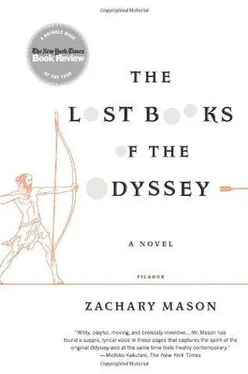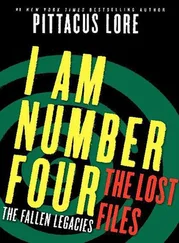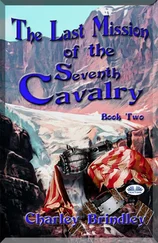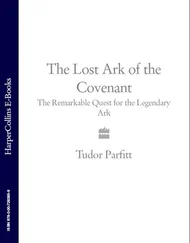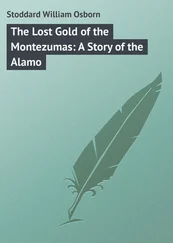When the remaining suitors managed to arm themselves and come to close quarters there was none of the usual rush of battle. A man would rush up waving a sword, present an opening into which Odysseus put his blade, fall down dead and so on, one after another.
After the tears of reunion dried and his and Penelope’s joy had reached a less fevered pitch, she showed him the shroud she had been weaving for his father, Laertes. Odysseus picked up the ordinary and unfateful piece of cloth and recognized the fabric shown him by Athena, the improviser, the deceiver.
*Recall that Odysseus returned to his house posing as a beggar.
*With the connivance of his son Telemachus, Odysseus had the suitors try to string his massive bronze bow. As a joke the suitors gave the beggar a try, and were thereby undone.
In retrospect Theseus saw it was Daedalus he should have feared. Minos was just a king, however wise, and Ariadne just a girl, however beautiful, but neither Daedalus’s cunning nor his labyrinth had any end. Theseus had come to Crete as a young man, nominally a prisoner and a sacrifice but laughing in his heart and out for blood. He was not yet old enough to believe in death, though he had already killed a dozen men. Watching their lives’ blood stain his spear and hands had only taught him that death is the province of others.
In their white robes of hieratic office King Minos and his golden-haired daughter Ariadne greeted the Athenian offerings as they disembarked in Knossos port. Theseus, the Athenian captain, considered it charming to treat his enemy with great politeness and replied to their official greeting with the utmost courtesy. Minos, a fair-minded man, told them at length why they were going to die. He spoke of Pasiphaë *and monstrous couplings, white cattle flying across the sea and crazed hatred in divine eyes. Theseus barely listened — they were where they were and it didn’t matter much how they got there, and anyway he was distracted by Ariadne, who first avoided but soon returned his gaze. After Minos’s speech the Athenians were led away to the opulent cells where they would be kept for a week before being sent into the labyrinth — the Minotaur preferred victims healthy, well fed and free of disease.
On the second night they were taken to a banquet served in the balconies overlooking an arena; below them, slaves leapt over charging bulls and initiates danced with double-headed axes. The old engineer Daedalus was there, wearing a white, plain, food-stained robe and ignoring both his companions and the ceremonies below, all his interest absorbed by the diagrams he was drawing on the table with the lees of the wine. Beside him, a bare-breasted matron with an ageless face and hard smile made vain and persistent attempts at conversation (which made Theseus smile — her accoutrement was outrageous by Athenian standards but her face and manner reminded him of his mother). Minos made several toasts to Daedalus, who received them with forced good grace — rumor had it he was an unwilling guest in Crete. Minos extolled Daedalus’s many achievements — not only had he designed and built the labyrinth at the heart of the palace but also the palace itself and the city with its harbors, fanes, libraries and universities. He had even laid out the farms, fields and roads around Knossos, not to mention his architectural projects in the outlying provinces, the mainland and even the Lydian and Persian kingdoms far to the east. Theseus thought that he did not look like much for someone who exceeded all men in the scope of his achievements. With his thin neck, long nose and heavy grizzled head, the only remarkable things about him were his abstractedness and the intensity with which he regarded his vinous sketches. Ariadne excused herself to check on her Athenian guests — she stood by Theseus’s chair and he thanked her for her hospitality, touching her hand for emphasis.
The next night Ariadne visited Theseus on the pretext of expounding her father’s justice, the necessity of keeping the sacred monster placated, the reasonable and traditional subjugation of Athens to Knossos. He made every pretense of attentiveness and sat close enough that their legs were touching. Things proceeded. She was not his first lover but the danger, the secrecy and the promise of bloodshed gave the affair a luminous intensity he had known before only in battle. She loved him, loved him completely, more than her parents, her temple or her life, she said in a thick, clotted voice, her white face red with emotion. She left for a while and came back with the wherewithal for victory — a thick ball of twine, a sharp sword and the key to his cell.
When Ariadne had gone, Theseus crouched by his door for some indefinite duration, listening, hearing nothing. When impatience finally overcame caution, he slipped out of his cell and followed Ariadne’s directions through torch-lit corridors and down dark stairs. He padded along barefoot, trading comfort (the floor was very cold) for silence, prepared to bluff then kill anyone he met, but he did not see another soul on his way to the labyrinth’s door. Ariadne had told him that it would not be locked — all who wished to enter were free to do so. He tied one end of his twine to a torch bracket, drew his sword and crept in, his blood singing a war-song.
Within were passages, arcades and high galleries all wrought of the same blank white stone, echoes caroming at random through the interlocking rooms and interlaced corridors, tortuously returning the soft slap of his footsteps. Sometimes he thought he heard the beast moaning and sighing in its sleep; the frisson made him bare his teeth. Mastering himself, Theseus reflected that these sounds were not so ominous; if it was asleep, like any man or animal, then the creature could not be an immortal with ichor in its veins and eyes wide for a thousand-year watch. *Furthermore, it was accustomed to killing terrified children, not an armed and determined warrior (though he was only sixteen, he merited the name).
From the layout of the palace he had inferred the rough dimensions of the labyrinth but either he had been wrong or got lost because he wandered through more corridors than he had thought the labyrinth could hold. As he went deeper, it appeared that Daedalus sometimes used the labyrinth as a workshop — in some rooms there were relief maps of Knossos carved into the walls, sometimes with notes in a spidery hand about strategic weak points and the relative merits of mangonels versus arbalests on wharves, walls, promontories and towers. In other rooms he found drawings of birds and sea creatures (some of the drawings remarkably life-like, others of carefully posed skeletons), waxy yellow crystals in numbered boxes and a shelf of books all of whose pages were parchment-thin mirrors with varying degrees of warp and translucency. In one room he discovered a map of the labyrinth but it was difficult to associate it with his recollections of the passages he had seen and he soon found other chambers with other maps, equally convincing and on inspection wholly contradictory.
He found the Minotaur sleeping in an arcade, flat on his back (he was innocent of clothing and evidently male), his huge limbs sprawled out around him. The creature was big — upright he would have been around seven feet tall, Theseus guessed. The Minotaur’s horns were long and sharp enough to skewer a man but Theseus was nevertheless relieved — in his imagination the monster had snorted fire and filled a cavern with its bulk, but now that he saw the beast he recognized him as just another victim. Theseus crept forward, surprised that the creature could sleep through his heart’s clamor. He raised his sword to strike the carotid, but hesitated at the thought of killing a sleeping foe — he was still half a boy and loved honor.
Читать дальше
